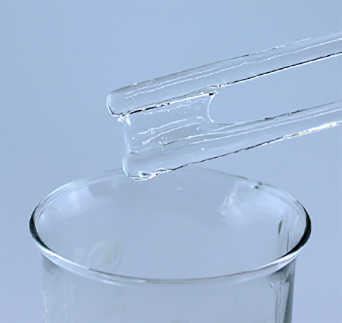
Dec . 15, 2024 01:11 Back to list
hpmc dispersion
Understanding HPMC Dispersion A Comprehensive Overview
Hydroxypropyl methylcellulose (HPMC) is a widely used cellulose ether in various industries due to its unique properties and versatility. Among its many applications, HPMC dispersion plays a crucial role, especially in the fields of pharmaceuticals, construction, and food products. This article explores what HPMC dispersion is, its properties, and its applications across different sectors.
What is HPMC?
HPMC is a non-ionic, water-soluble polymer derived from cellulose, a natural polymer found in the cell walls of plants. By chemically modifying cellulose, HPMC acquires several valuable properties, including thickening, emulsifying, and film-forming capabilities. The degree of substitution and molecular weight can be adjusted during its production, resulting in different grades of HPMC appropriate for various applications.
HPMC Dispersion Definition and Properties
HPMC dispersion refers to the process of dispersing HPMC particles in a solvent, typically water. This dispersion is critical because it enhances the polymer's functionality in various applications. One of the key properties of HPMC in dispersion is its ability to form a gel-like consistency upon hydration. The degree of thickening, viscosity, and flow behavior can be tailored by altering the concentration of HPMC, which is vital in industries where consistency in product behavior is essential.
The dispersibility of HPMC also enables it to function as a stabilizer and emulsifier. In aqueous formulations, HPMC can create a uniform mixture of hydrophobic and hydrophilic components, preventing the separation of ingredients over time. This feature is especially beneficial in sectors like cosmetics and pharmaceuticals, where product stability is paramount.
hpmc dispersion

Applications of HPMC Dispersion
1. Pharmaceuticals HPMC is extensively used in the pharmaceutical industry, primarily for drug delivery systems. Its ability to form gels makes it an excellent candidate for controlled-release formulations, where a gradual release of the active ingredient is required. Furthermore, HPMC can enhance the solubility of poorly soluble drugs, improving their bioavailability.
2. Construction In construction, HPMC is widely applied as an additive in cement-based products. When dispersed in water, HPMC improves the workability and adhesion of mortars and plasters. It also enhances the water retention of these materials, allowing for better performance during the curing process. This results in stronger and more durable structures.
3. Food Industry HPMC is commonly used as a thickening and emulsifying agent in the food industry. It can serve as a stabilizer in sauces and dressings, providing a smooth texture and preventing ingredient separation. Additionally, HPMC is used in gluten-free baking as a substitute for gluten, improving the texture and moisture retention of baked goods.
4. Cosmetics In cosmetic formulations, HPMC is valued for its film-forming properties and its ability to provide a consistent texture. It is used in creams, lotions, and gels, where it can enhance the sensory attributes and stability of the products. Its non-toxic nature makes it suitable for personal care products.
Conclusion
In summary, HPMC dispersion is a vital aspect of utilizing hydroxypropyl methylcellulose across various industries. Its unique properties, including thickening, emulsifying, and film-forming capabilities, make it an invaluable ingredient in pharmaceuticals, construction, food products, and cosmetics. The ability to tailor its characteristics through dispersion allows manufacturers to create innovative formulations that meet specific consumer needs and industry standards. As research continues and new applications are discovered, the importance of HPMC dispersion is only expected to grow, solidifying its place in the global market.
-
Versatile Hpmc Uses in Different Industries
NewsJun.19,2025
-
Redispersible Powder's Role in Enhancing Durability of Construction Products
NewsJun.19,2025
-
Hydroxyethyl Cellulose Applications Driving Green Industrial Processes
NewsJun.19,2025
-
Exploring Different Redispersible Polymer Powder
NewsJun.19,2025
-
Choosing the Right Mortar Bonding Agent
NewsJun.19,2025
-
Applications and Significance of China Hpmc in Modern Industries
NewsJun.19,2025







